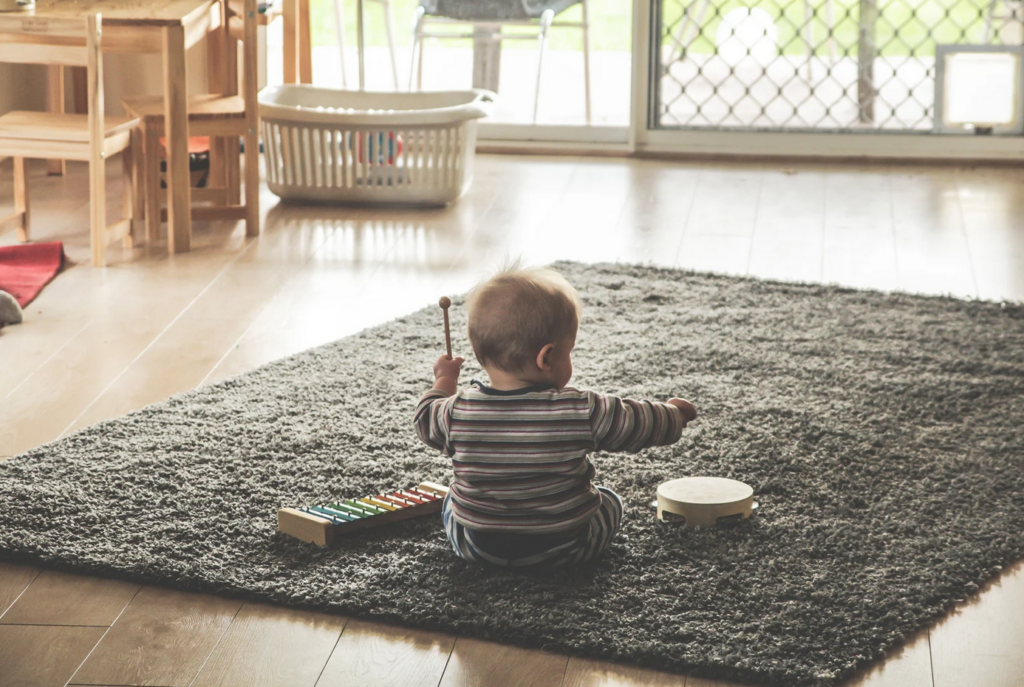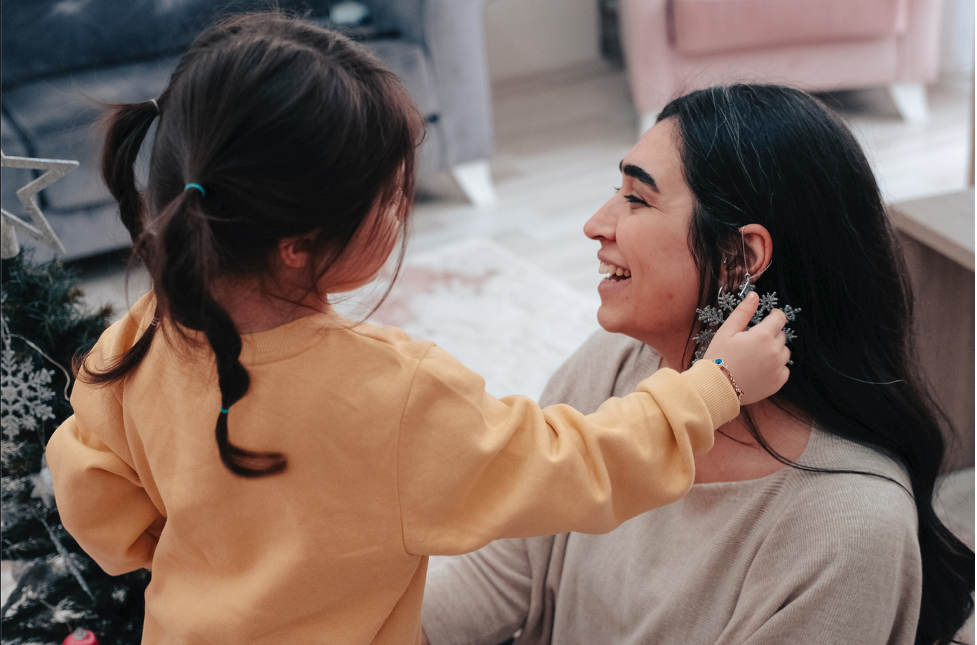The unconditional love and companionship of pets have a remarkable impact on the lives of many individuals. For autistic children, the presence of a furry friend can be especially transformative. In this blog post, we will explore the unique bond between autistic children and pets, shedding light on the numerous benefits that this relationship can bring to the lives of both
the child and their four-legged friend.
Autistic children often struggle with social interactions and forming connections with people. Pets, on the other hand, provide a consistent and non-judgmental source of companionship. They offer a comforting presence that can help reduce anxiety and loneliness.
Interacting with pets can improve a child’s communication skills. Whether it’s talking to their pet, showing them objects, or simply sharing quiet moments, these interactions can help autistic children develop verbal and non-verbal communication skills.
Caring for a pet teaches empathy and emotional understanding. Autistic children learn to recognize and respond to their pet’s needs and emotions, which can then extend to their interactions with people.
Pets require routine care and attention. This can be a valuable lesson for autistic children, as it helps them establish daily routines, develop a sense of responsibility, and learn the importance of consistency.
Many autistic children have sensory sensitivities. Interacting with pets can be calming and provide sensory input, such as the feel of fur or the sound of purring, which can help regulate sensory sensitivities.
The bond formed with a pet can boost a child’s self-esteem and self-confidence. Achieving small milestones in caring for their pet can provide a sense of accomplishment and pride.
Pets have been shown to reduce stress and anxiety in children. The act of petting a cat or dog, for example, can release calming hormones and lower stress levels.
Having a pet can also encourage social interactions. Autistic children may be more inclined to engage with others when their pet is present, providing opportunities for social growth.
Pets communicate primarily through body language, which can be easier for autistic children to interpret than the complexities of human social cues. This can enhance their ability to understand non-verbal communication.
The bond between autistic children and their pets is a testament to the power of unconditional love and acceptance. Pets provide companionship, emotional support, and a bridge to improved communication and social interaction. As parents, caregivers, and educators, recognizing the potential benefits of this unique relationship and fostering it can have a profoundly positive impact on the lives of autistic children, enriching their developmental journey and enhancing their overall well-being.



